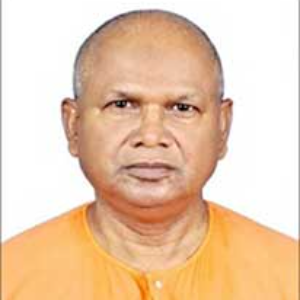Speakers - CARWC2025
Swami Shraddamayananda
- Designation: Ramakrishna Mission, Howrah, West Bengal
- Country: India
- Title: Cure of Intricate Post Burn Scar and Normalizing Pigmentation by Homeopathy
Abstract
The thicker, firmer, vascular, post-burn scar often leads to contracture and deformity along with hypopigmentation even for years. This leads to depression and anxiety, as acute stress disorder followed by post-traumatic stress disorder. In recent years, in conventional therapy, incision and skin grafting, serial splinting, tissue expanders, local rotation flaps, application of Z-plastics, excision and resurfacing with grafts or flaps, free flap reconstruction, etc., can be made. However, they are too costly, and patients in developing countries cannot afford the cost of these modern treatments. As most of the burden of post-burn scar occurs in low and middle-income countries, most of them suffer year after year from deformity and intricate psychological problems. In India, where this study was done, over 1 million people are moderately or severely affected by burn injuries each year. Among alternative medicines, homeopathic medicines are inexpensive, easily available, and without any side effects. The homeopathic system is based on the concept that the body can cure itself if infinitesimal amounts of some specifically prepared natural substances are introduced into the body. Thus, this work was started to expose whether homeopathic medicines have any considerable curing outcome in these circumstances. The homeopathic medicine “Graphites 1000” was used, and it was administered orally once for seven days. After treating 140 cases, the clinical findings were analyzed with the Vancouver Scar Scale (VSS). After analysis, it was found that 83.33% of patients showed complete remission; partial remission occurred in 10.83% of cases, 5.83% of patients discontinued the treatment. According to several scientists, homeopathic medicines in burn injury cases could act by clathrate representation of action where the association of a solvent can retain some properties of the original medicine, generating “mind-body” interactions with curing results. Various physical models are also coming up to explain the mechanism of action. We expect a proper explanation will be surfaced shortly. Given the treatment outcome, we may conclude that these medicines should be used to treat scars and hypopigmentation following burn injuries,s predominantly in developing countries.


